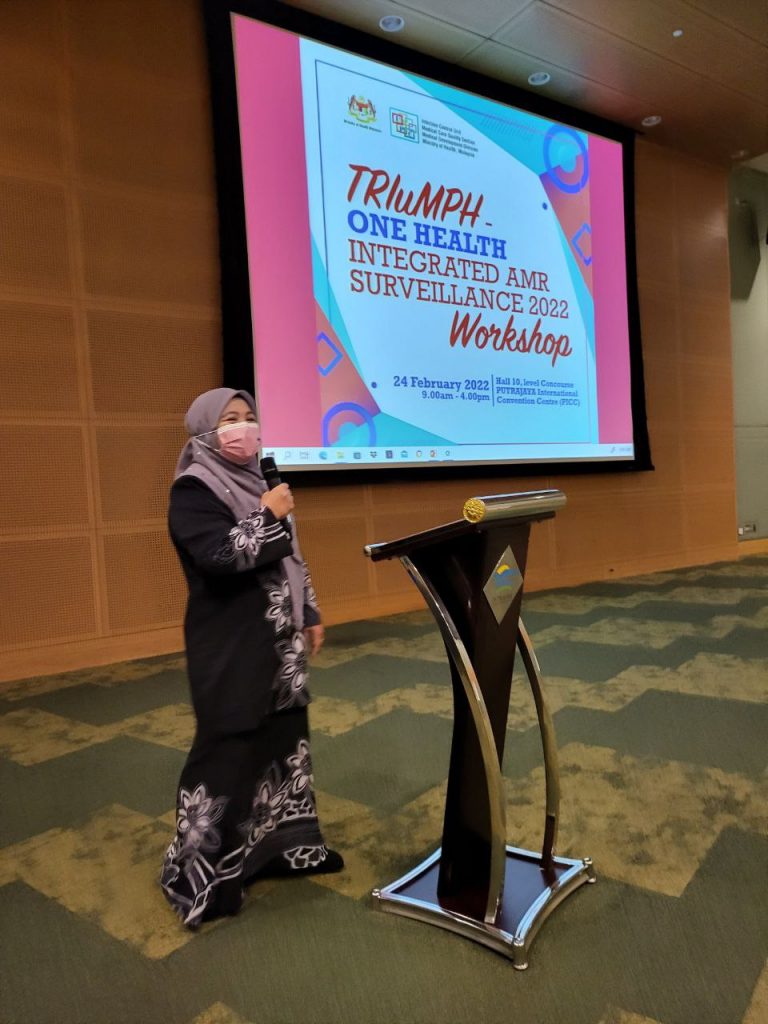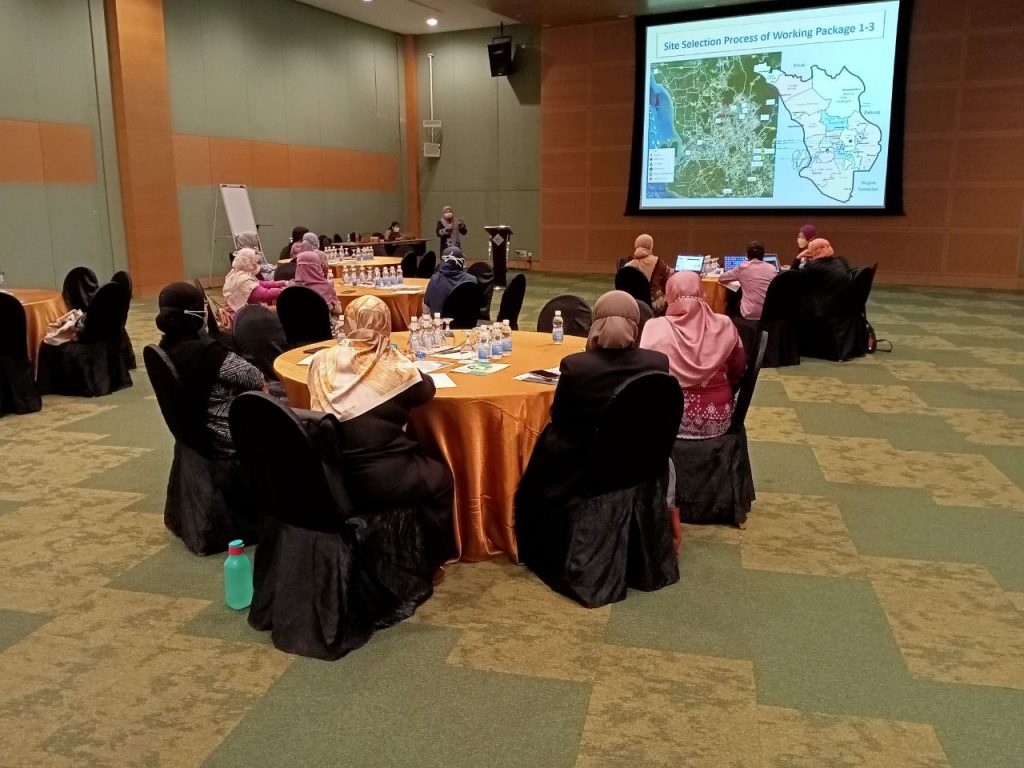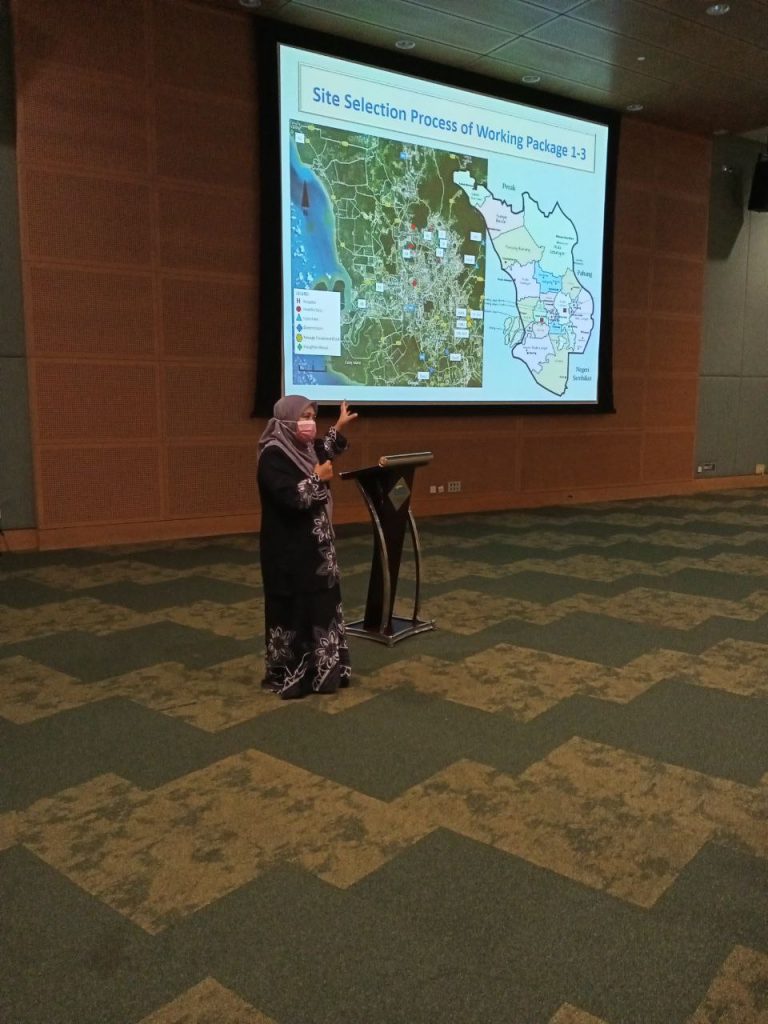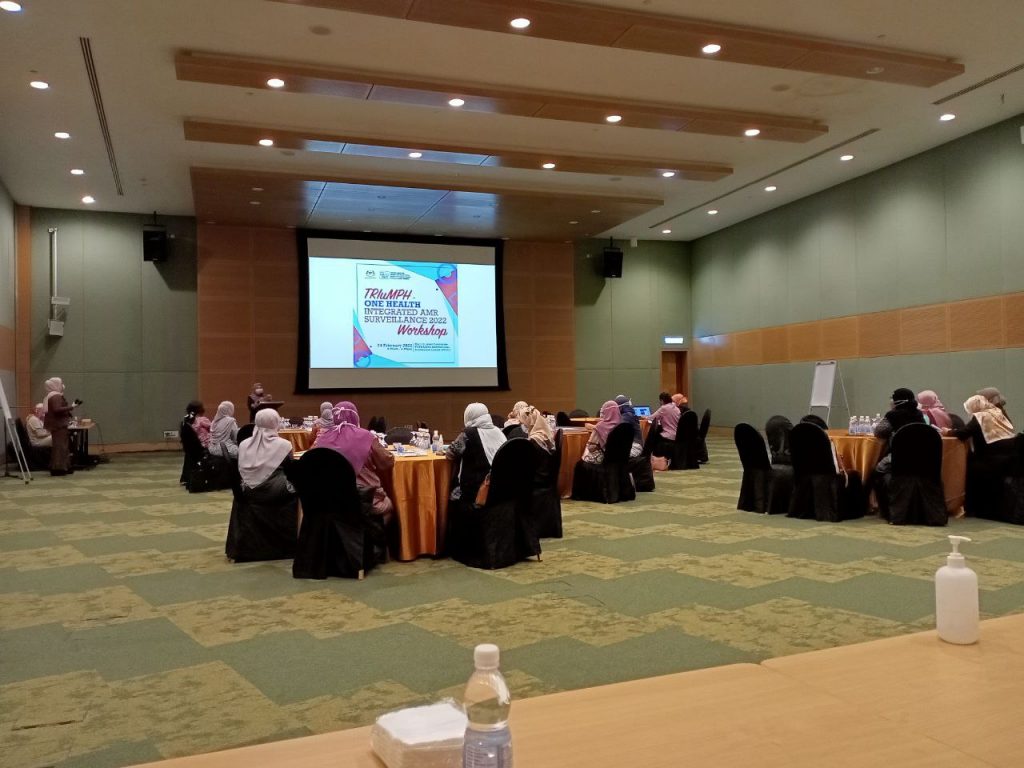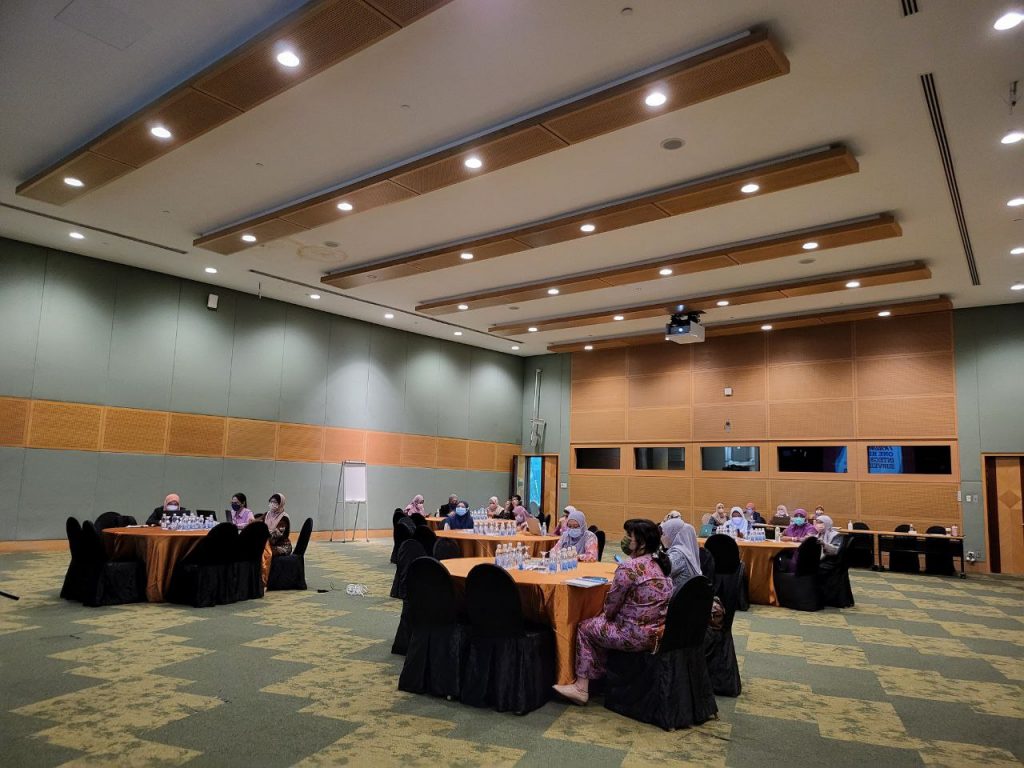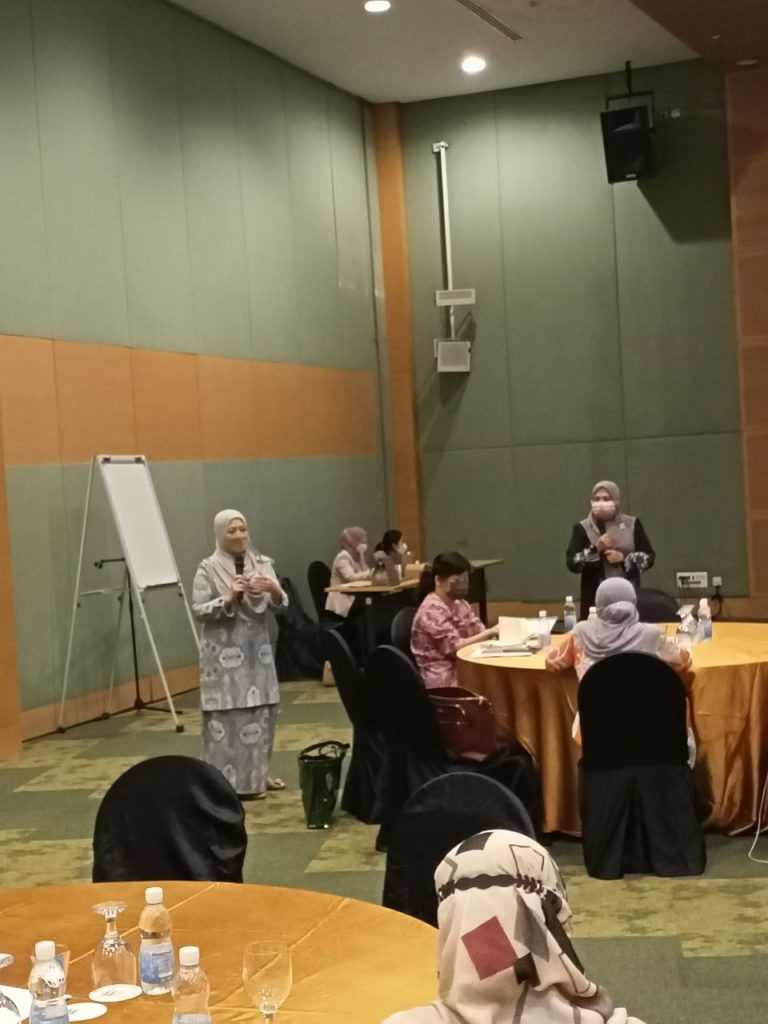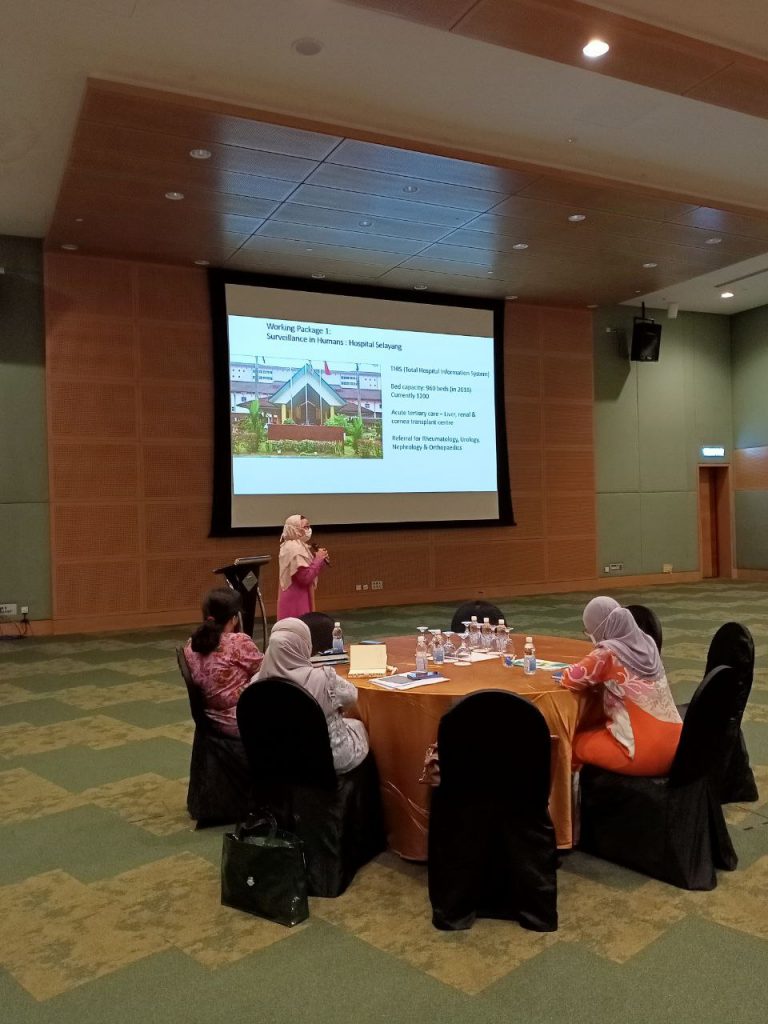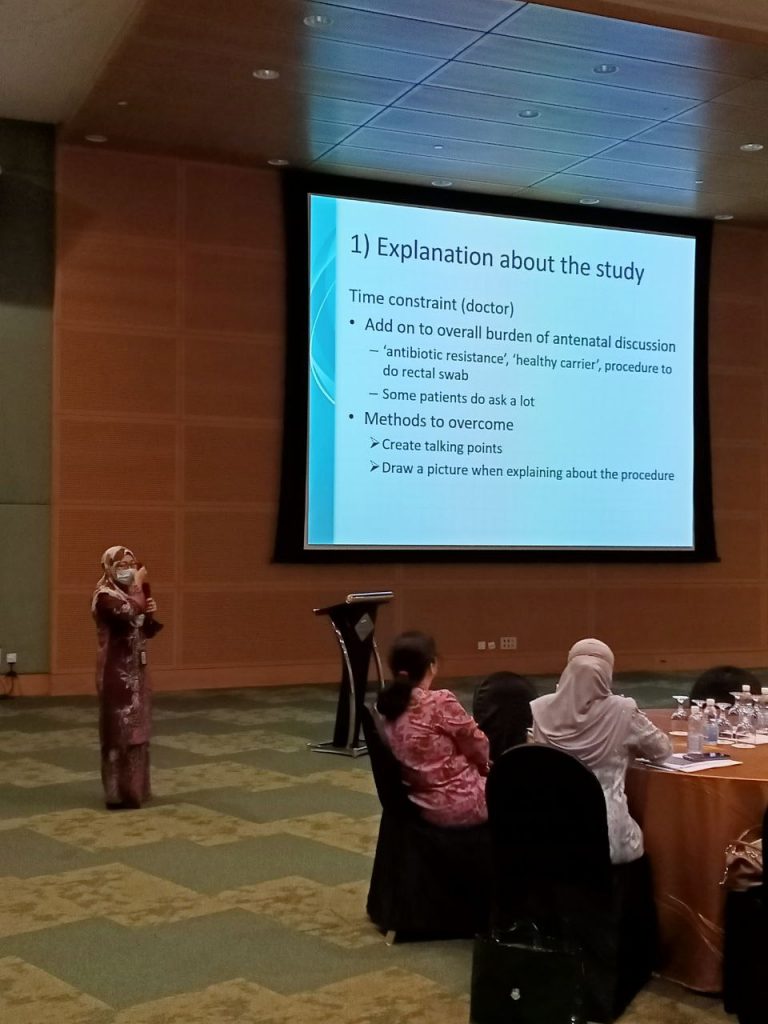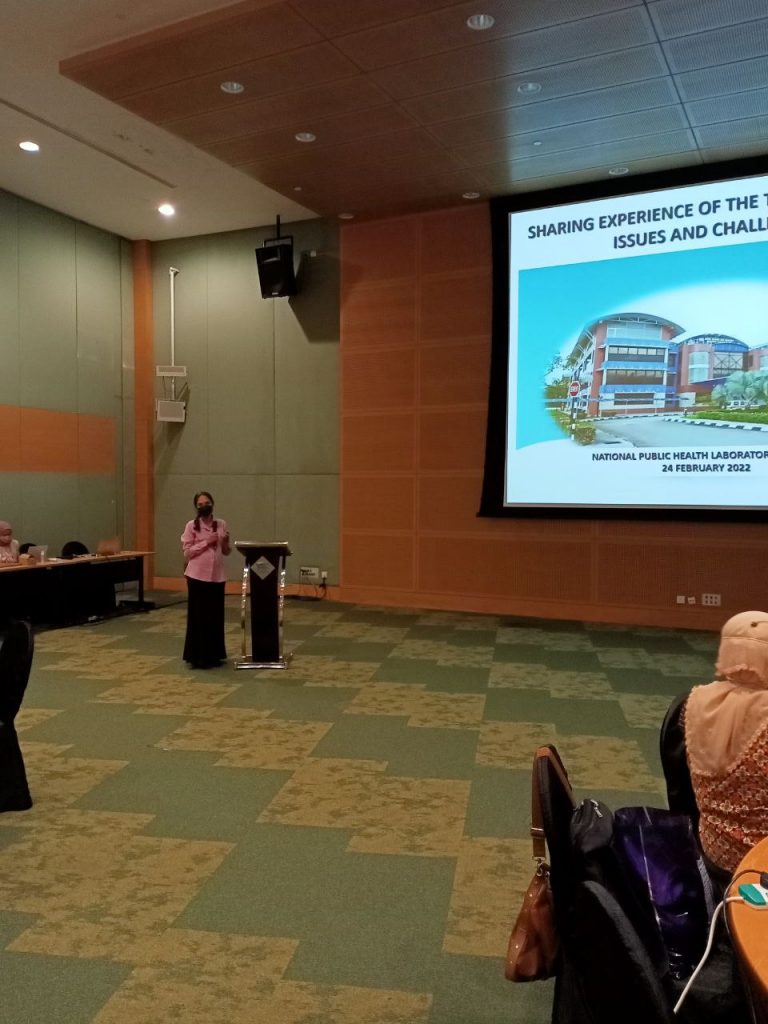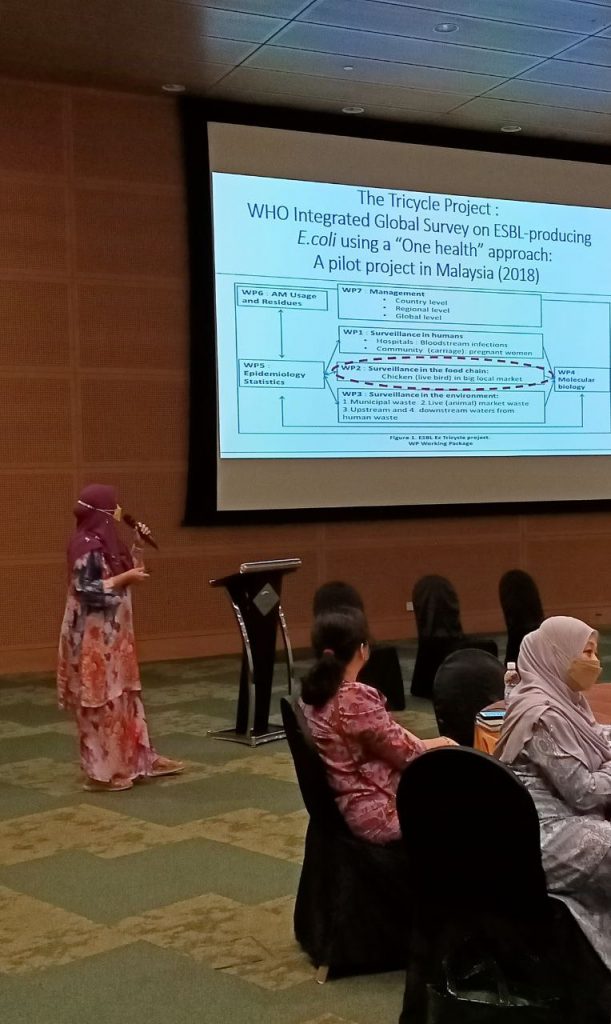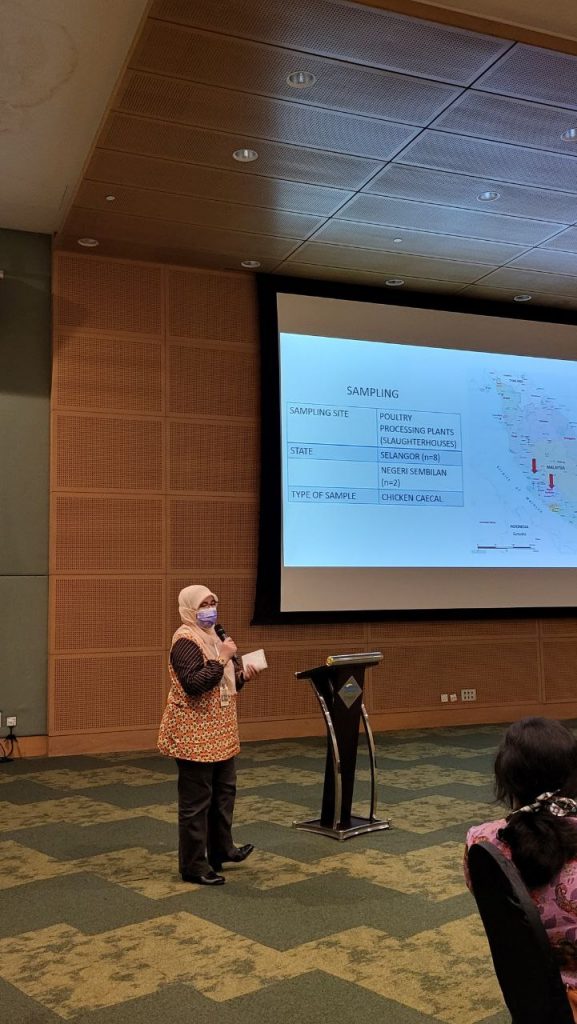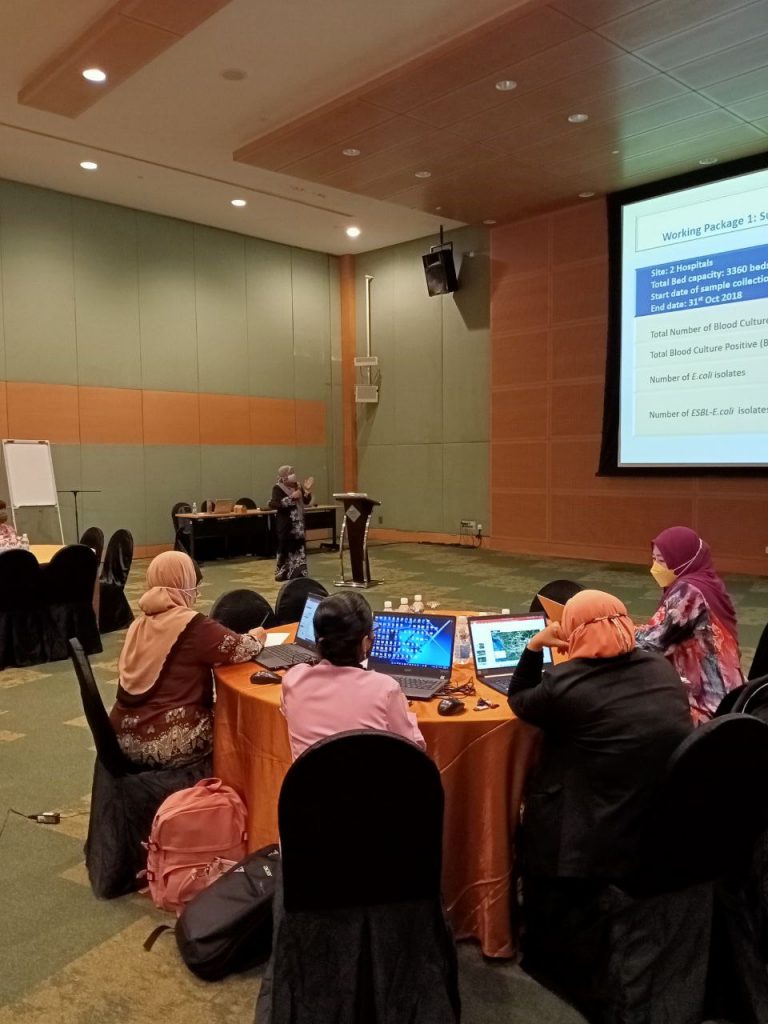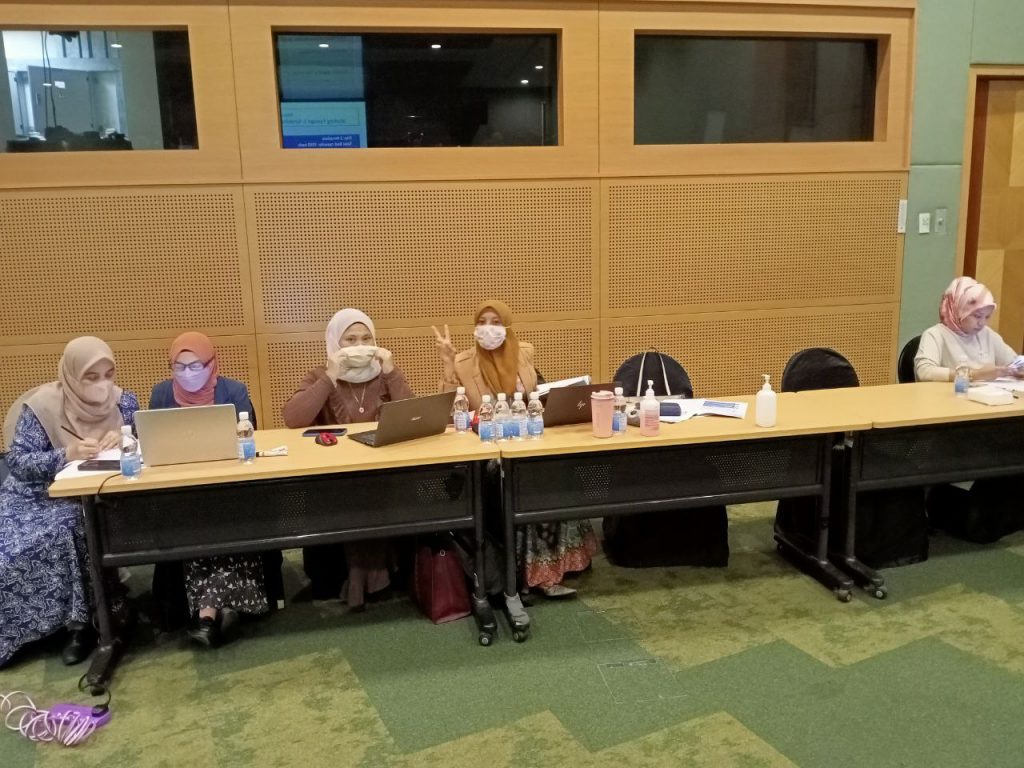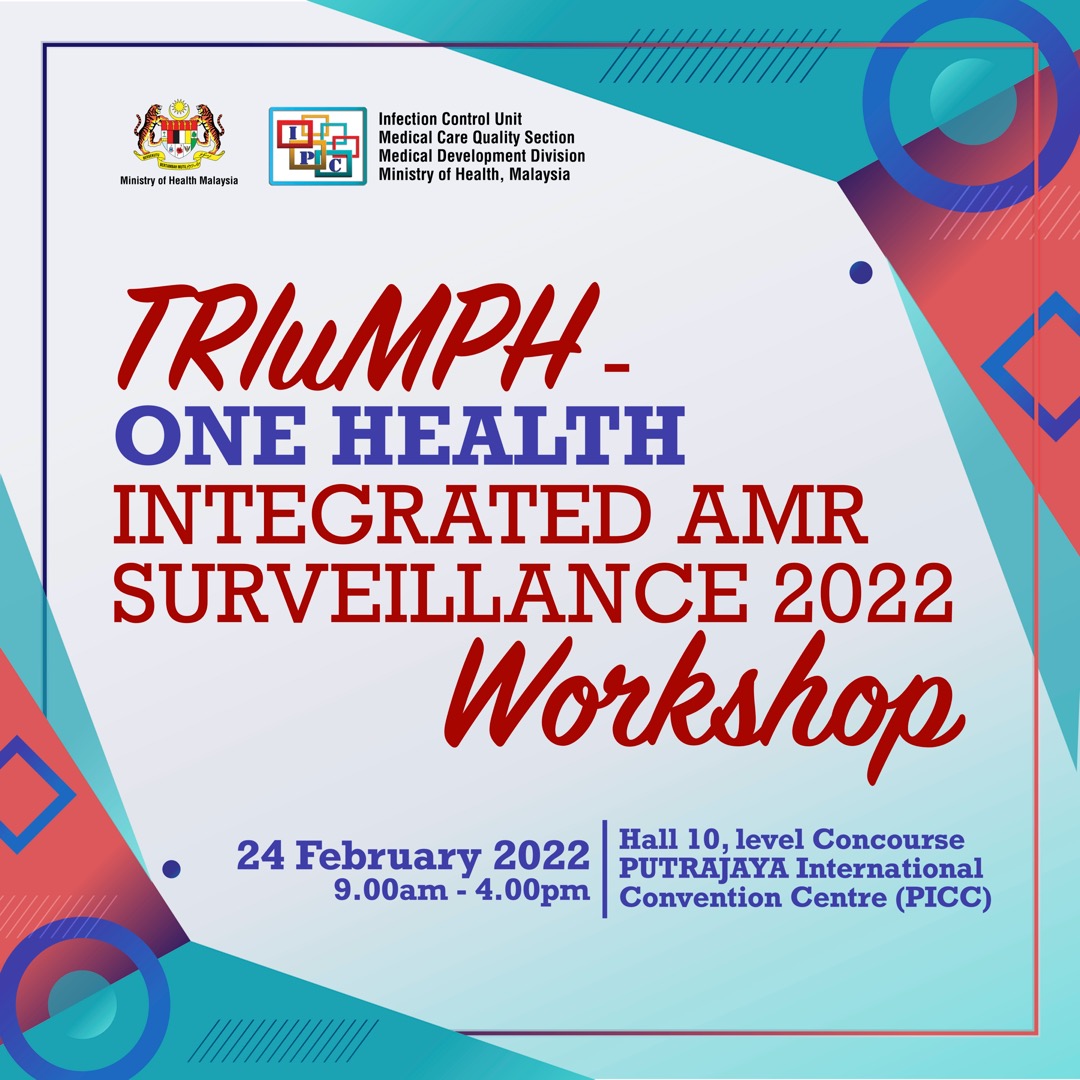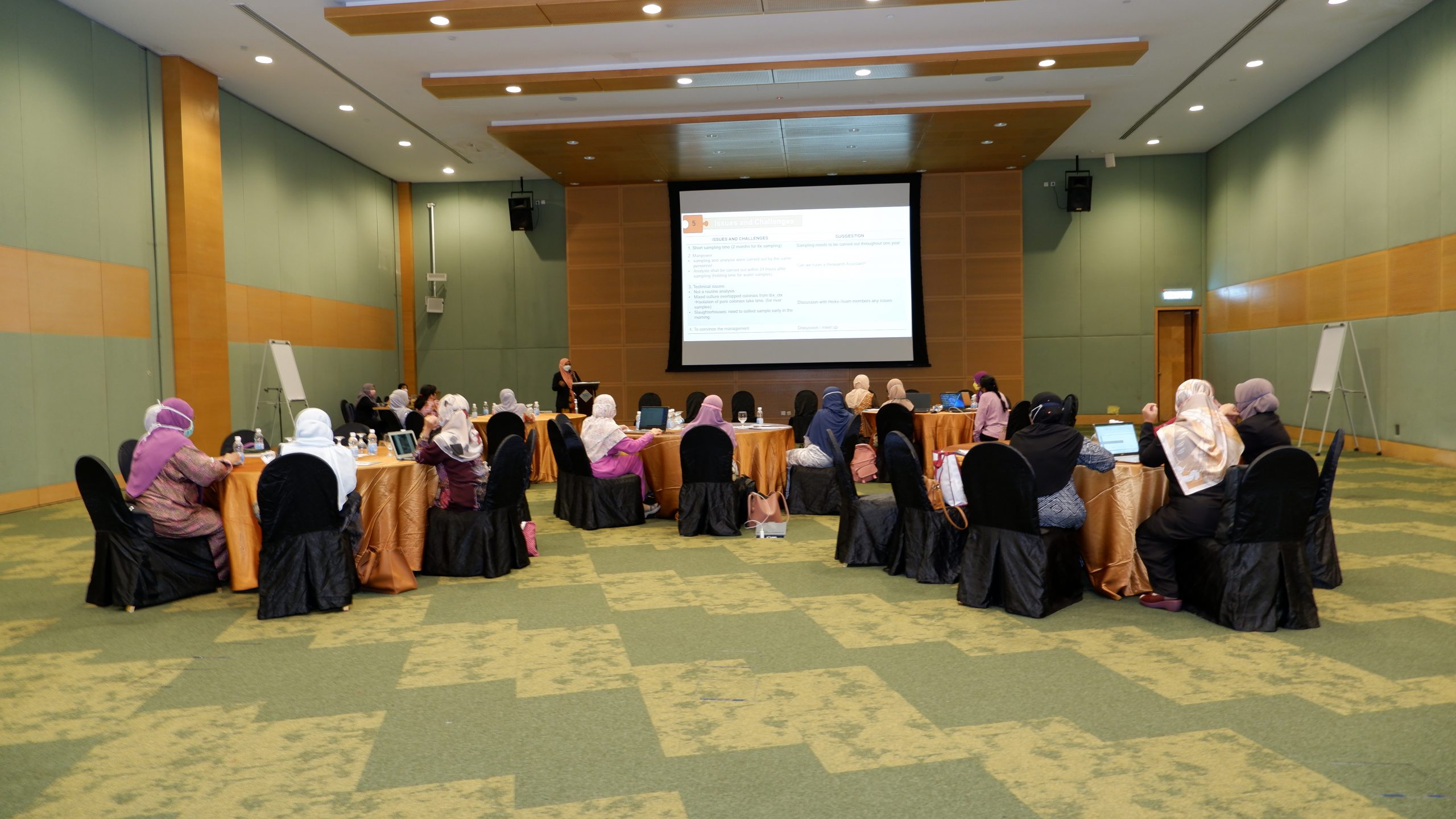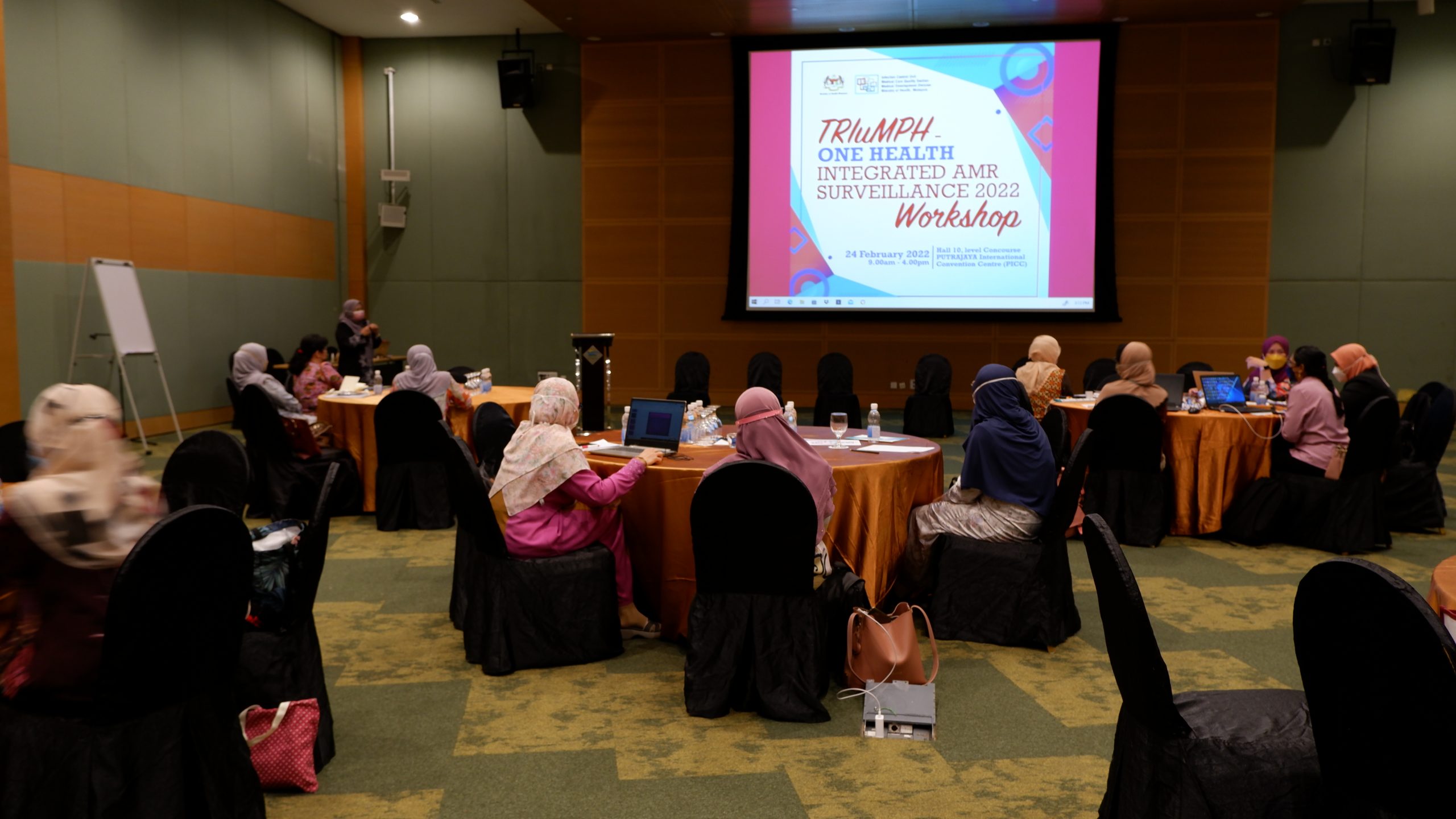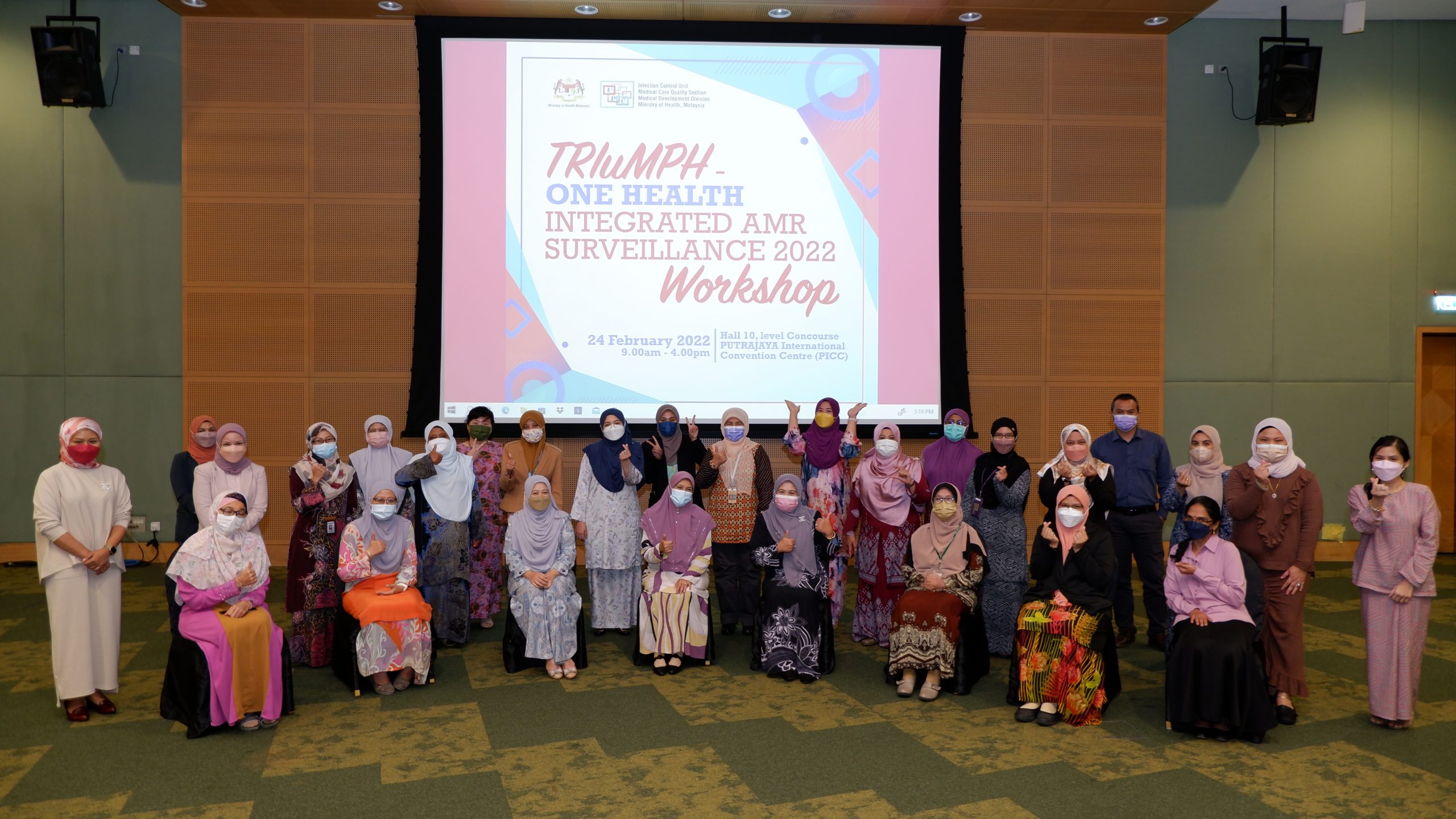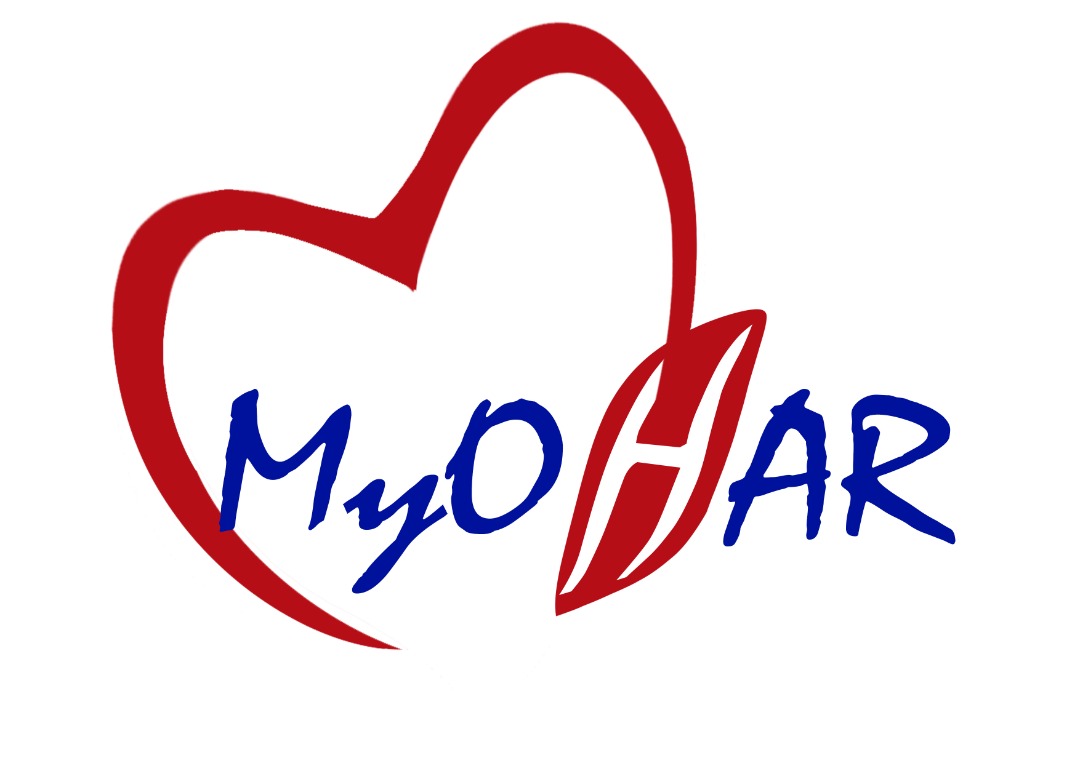Introduction:
Antimicrobial resistance (AMR) phenomenon is a global health issue. The surging of resistant infections is pushing up costs of treatment, leading to difficulty in treating infections, worse clinical outcomes and severe economic loss. The prevalence of ESBLs varies according to different regions, ranges from 5% for Korea, Japan, Singapore, Germany, Norway and Sweden, to as high as 60% for Brazil, Colombia and Venezuella.
AMR is not limited to human health. The problem also has impacts on animal husbandry practices resulting in similarly higher costs for treatment and animal-origin food production. Several studies have described Carbapenemase producing Enterobacteriaceae (CPE) in farmed animals. However, fairly little is known about their prevalence and transmission to humans. In a systematic review of literature by Köck et al. (2018), CPE was detected in farm animals, pets and wild animals in Africa, America, Asia, Australia, and Europe. In Europe, a prevalence of <1% among livestock and companion animals were detected, while in Africa and Asia, 2-26% and 1-15% of the isolates were CPE, respectively. Gulls in Australia and Europe carried a surprisingly high amount of CPE, as 16-19% were considered positive. Worryingly, in two studies potential transmission between animals and humans was detected on farm environments: 33-67% of exposed humans on poultry farms carried CPE closely related to farm isolates in China, while in a smaller study in Egypt four workers (13.3%) and one veterinarian (5.3%) carried CPE K. pneumoniae. Molecular epidemiological information regarding transmission of strains and/or plasmids is lacking in other parts of the world.
There is an increasing but still low number of reports on the presence of CPE in the environment from Europe, Asia and the Middle East, often addressing hospital wastewater. These show that CPE can readily be isolated from both hospital and communal wastewater, as also observed by NL-RIVM in studies within the Dutch National Action Plan.
Malaysia is currently participating in the TriumPH project which is the expansion of a basic protocol for One Health Surveillance of AMR by the WHO – The “Tricycle” project. This project will include a broader region and will also include another virulent multi-drug resistant bacterial indicator which is (CPE).
Justification :
- To provide an overview of the project to all participating agencies.
- To discuss on coordination of the project
- To discuss the roles and responsibilities of each participating agencies
Expected Outcomes:
- Preparing for the implementation of project.
- Well coordinated activity of integrated AMR Surveillance in human, animal & environmental health
